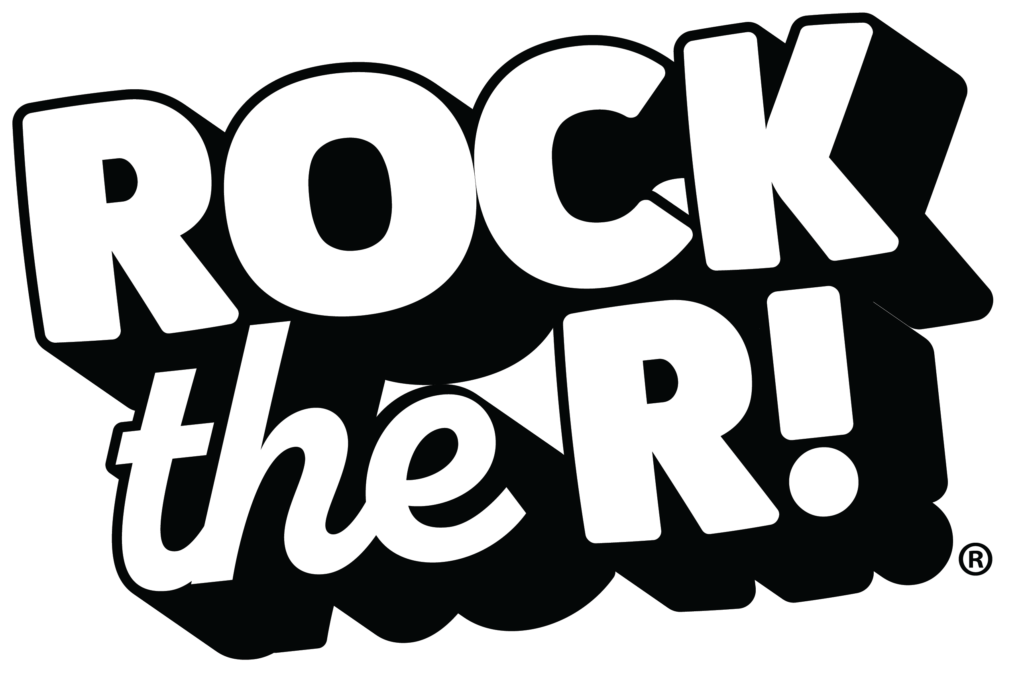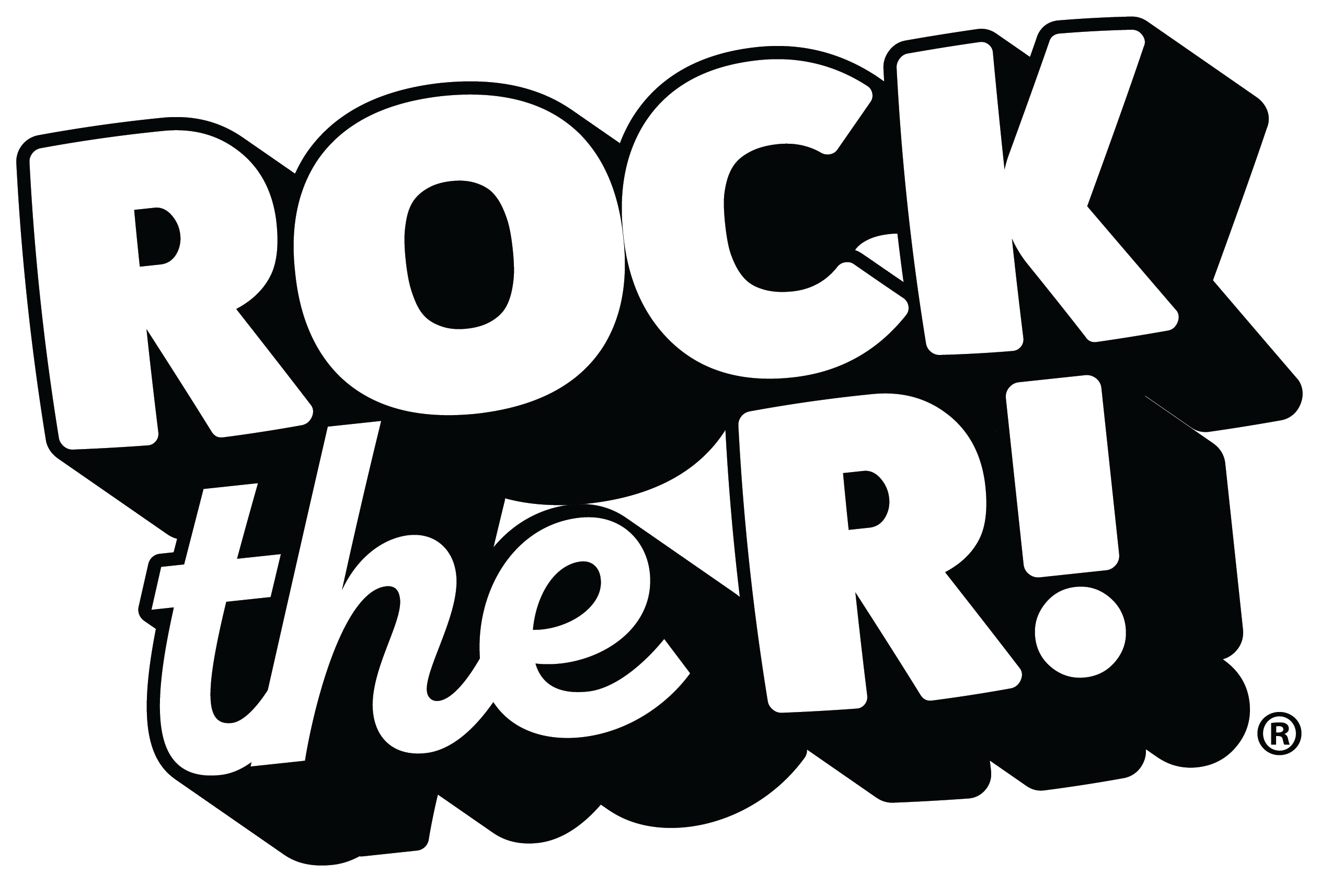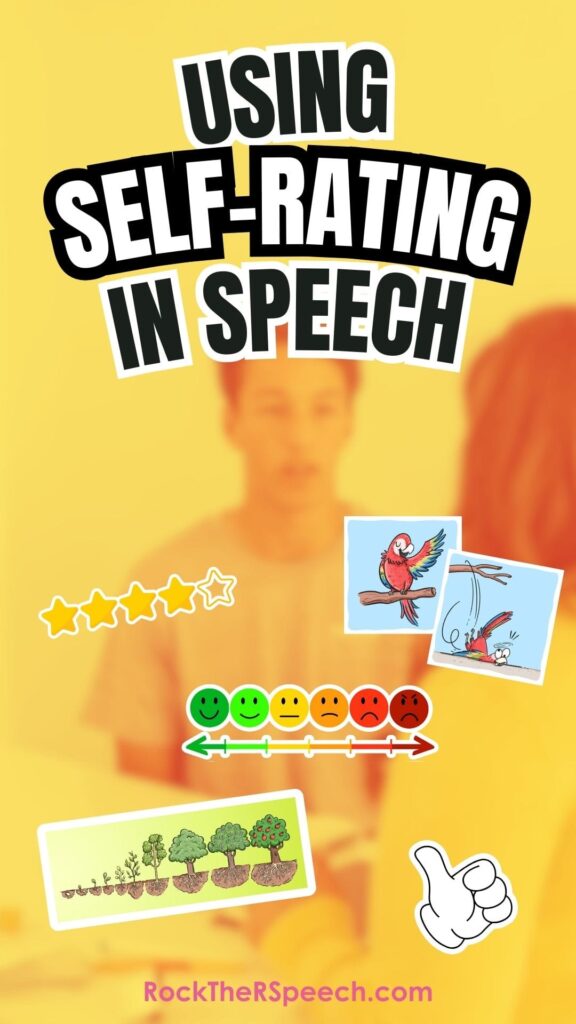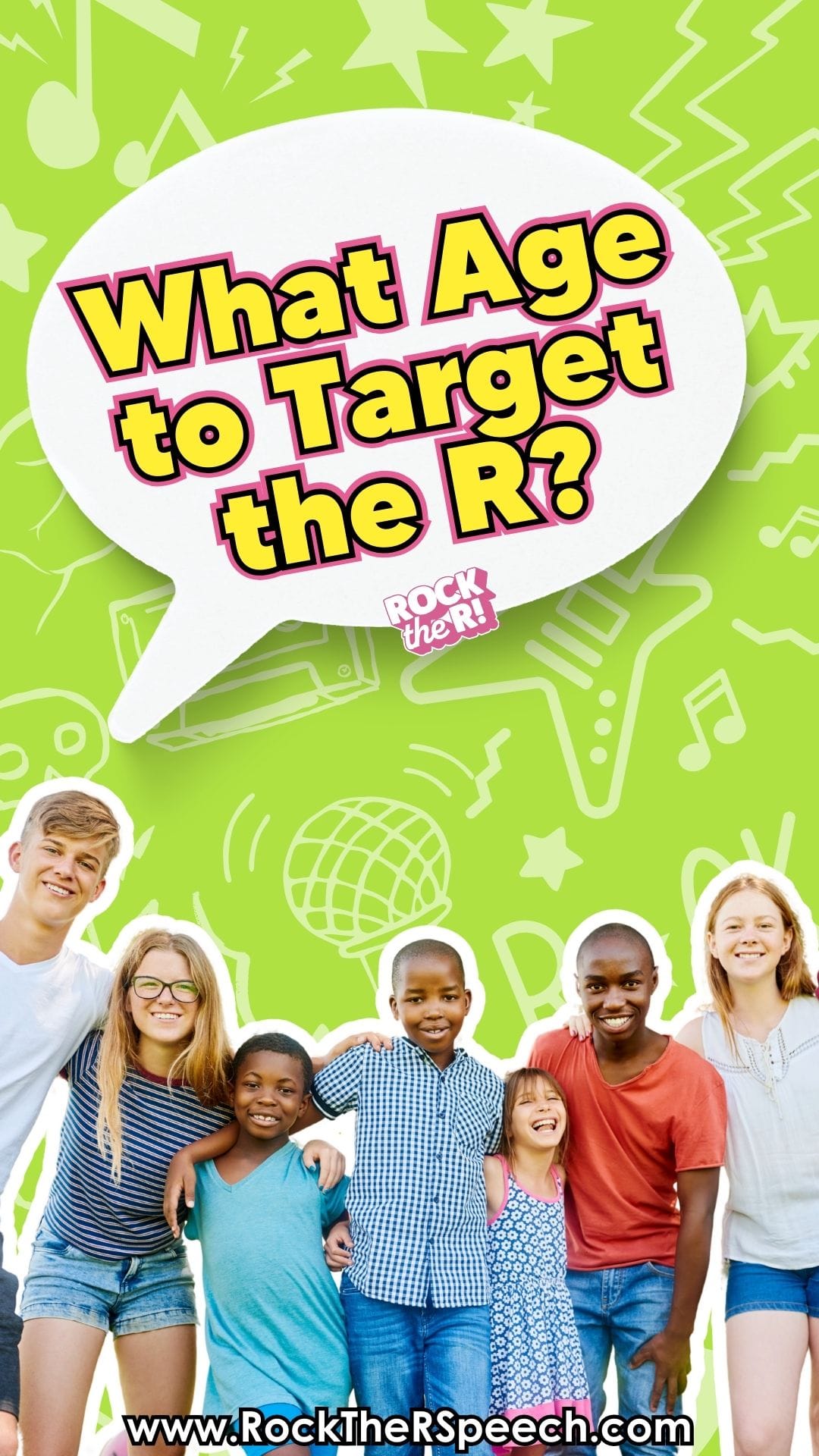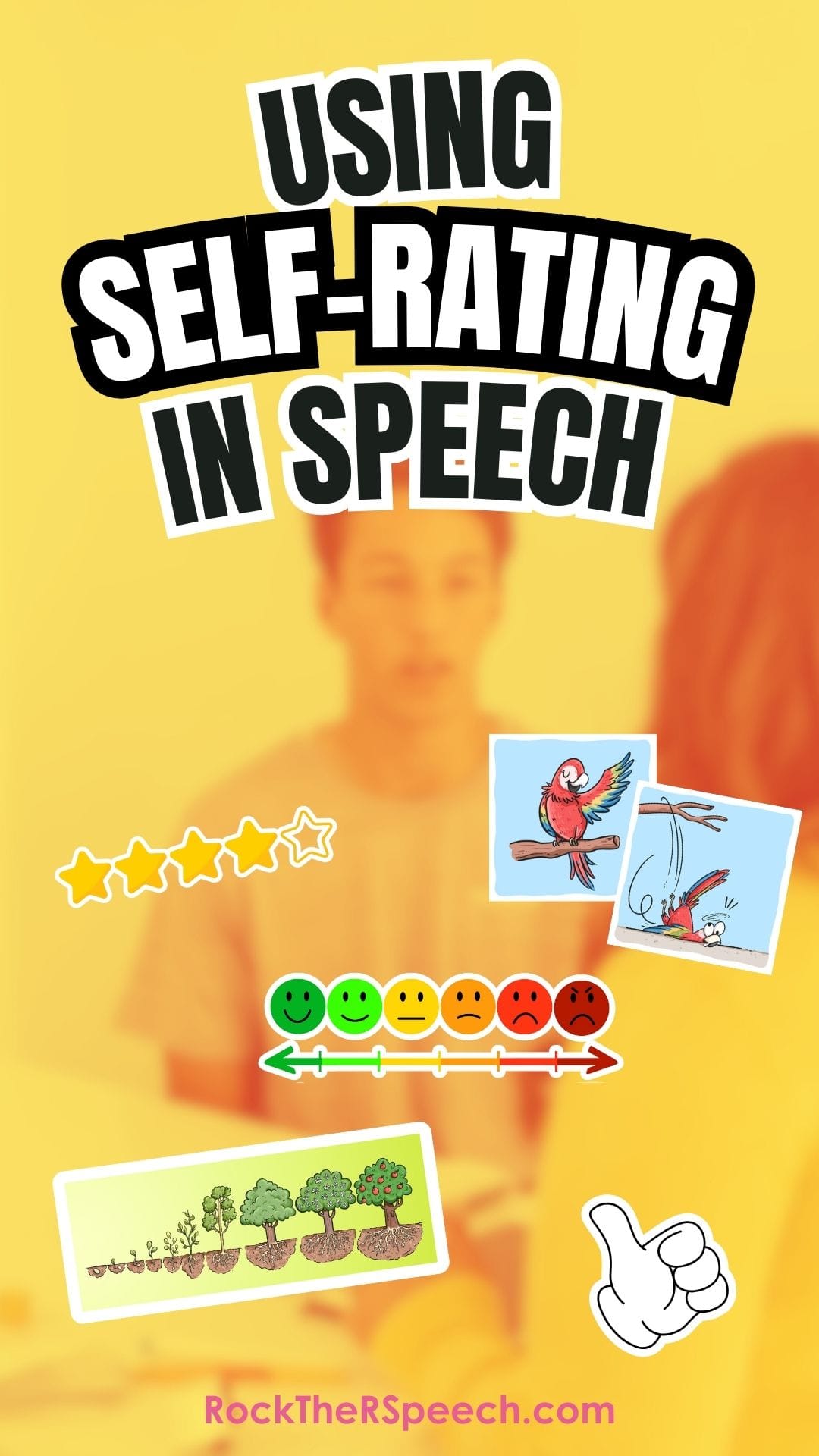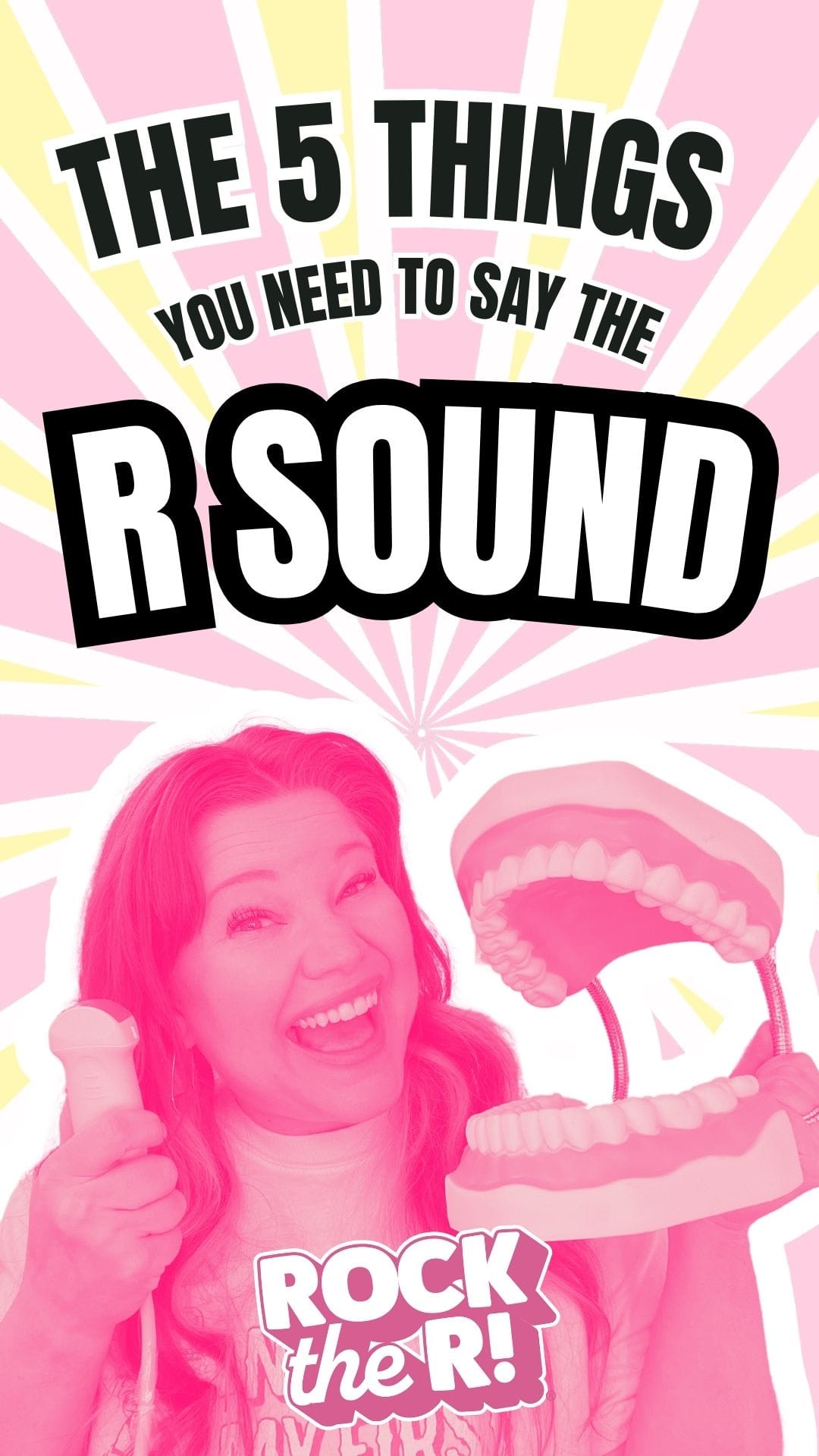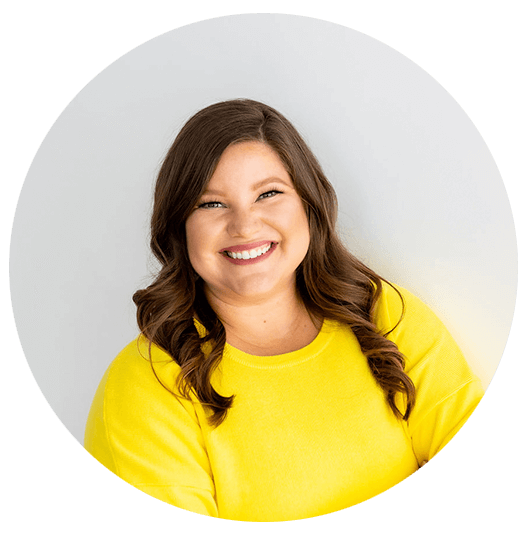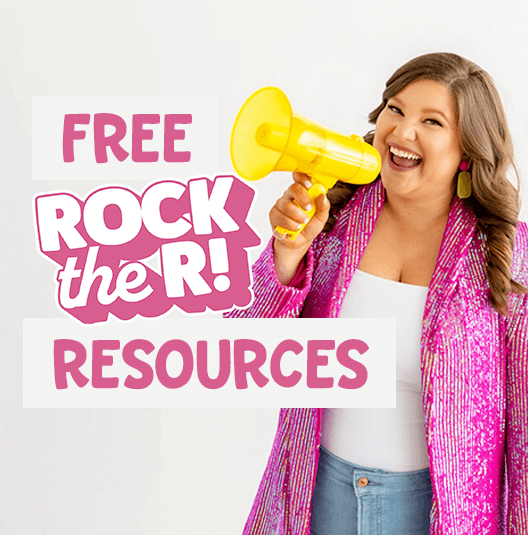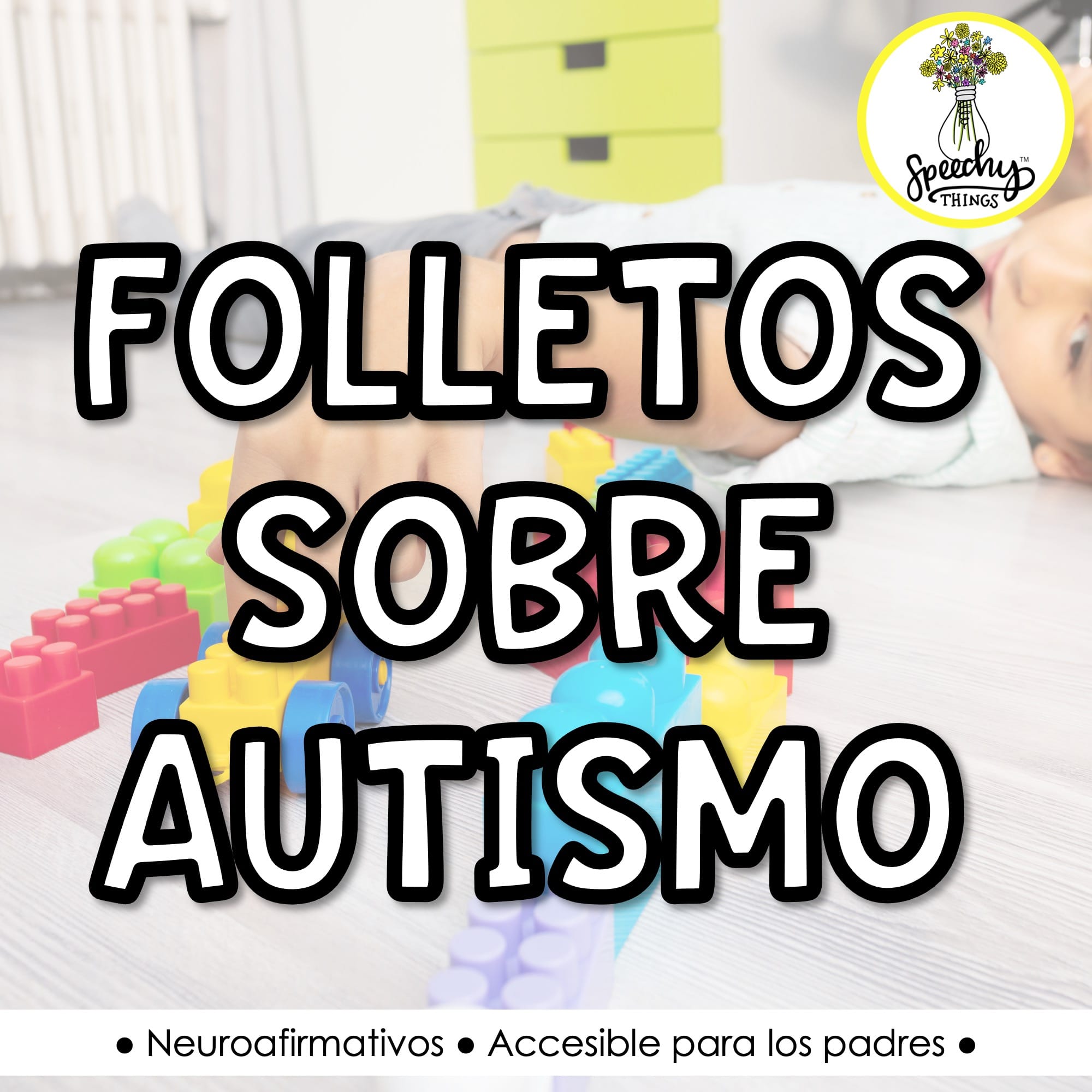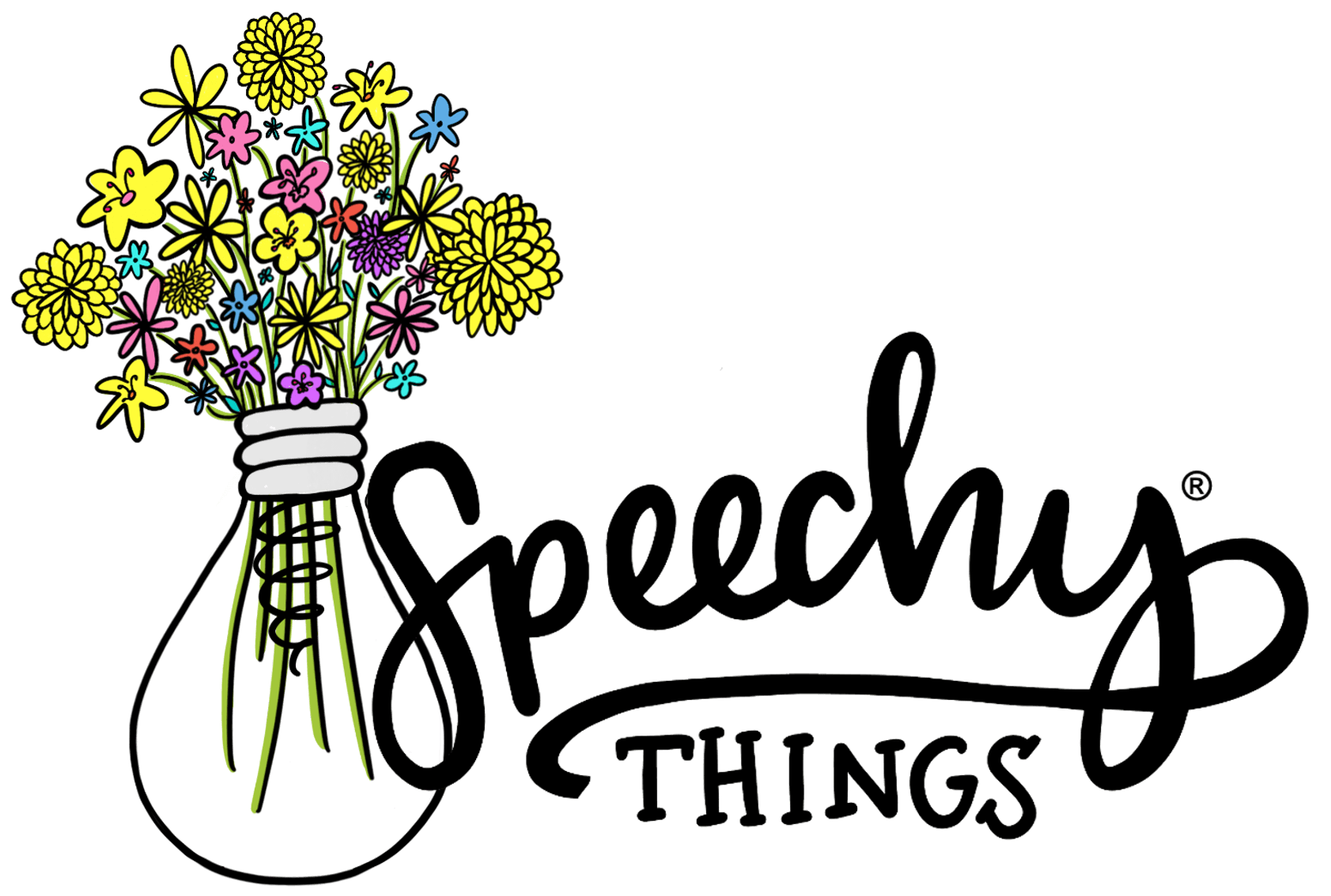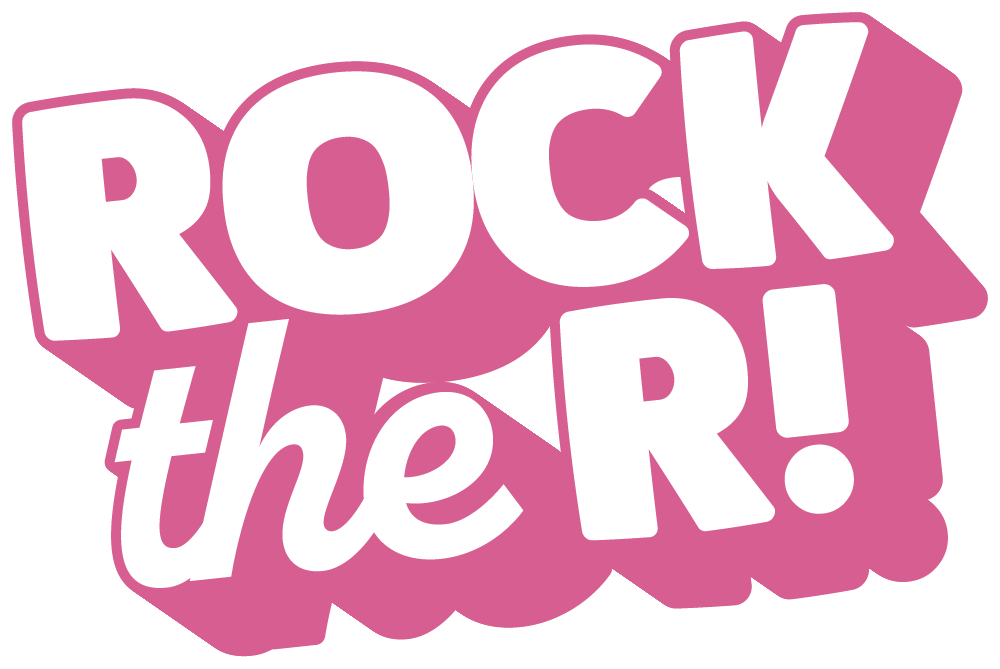Self-rating is a game-changer in speech therapy. If you’re an SLP looking for an effective way to implement the principles of motor learning with your students, incorporating self-rating strategies could be the missing piece in your practice. Let’s dive into what self-rating is and why it’s an important tool for speech pathologists to encourage students with speech sound disorders (SSD) or childhood apraxia of speech (CAS) to take charge of their learning. Read on to learn how you can use self-rating to create a meaningful feedback loop for your students.
What is Self-Rating and Why Does it Matter?
Self-rating is exactly what it sounds like—students rating how they think they did. It’s a key element of the principles of motor learning (PML), which encourages active participation and self-monitoring to build motor skills (Maas et al., 2008). Research shows that encouraging self-assessment improves accuracy and retention because students learn to reflect on their performance rather than relying solely on therapist feedback (Zimmerman & Schunk, 2011). In speech therapy, this means your students gain independence faster, whether they’re working on the R sound, articulation, or other communication goals.
Examples of Self-Rating in Action
Visual analog scales, whether simple number scales or more creative visuals are a helpful tool for children with speech sound disorders to self-rate (Schellinger et al., 2016). Examples of visual analog scales include:
- Number Scales: A straightforward 1-5 or 1–10 scale works great for older students or those who thrive on clarity.
- Creative Scales: A tree growing from seed to full bloom or a rock climbing wall can make self-rating more engaging for younger students.
- Detailed Scales for Early Therapy: A 5–10 point scale allows for nuanced feedback, perfect for celebrating “baby steps” while learning a new skill. For example, a student might mark their effort between “not quite there” and “almost right.”
- Simpler Scales for Later Therapy: A 2-point scale (e.g., right vs. incorrect) is great for students focusing on precision and carryover.

Using Self-Rating in Early and Late Therapy Sessions
In early therapy, self-rating can guide detailed discussions about progress. For instance:
SLP: “How do you think that sounded? Let’s use the tree scale to decide—still a seed, a small sapling, or a full-grown glorious tree?”
Student: “I think a small tree.”
SLP: “I agree! You were close, but that ‘R’ was a little wobbly. I think you may need to pull your tongue back a little farther. Let’s try again and aim for an even bigger tree.”
In later therapy, self-rating becomes more independent.
SLP: “How did that sound to you? Use the correct/incorrect card to decide.”
Student: (flips card to correct)
SLP: “Yes! That was spot-on!”
This progression helps students move from guided practice to self-monitoring, which is key for carryover.
Make Self-Rating Easy with the Self-Rating Deck
The Self-Rating Deck is your go-to resource for seamlessly implementing self-rating into your sessions. With visual analog scales, creative themes, and versatile feedback options, it’s designed to support every stage of therapy. Whether you’re celebrating small wins or refining advanced skills, this deck has you covered. Ready to try it out? Grab your own Self-Rating Deck here and watch your students thrive.
Self-rating isn’t just a therapy tool—it’s a game-changer. By encouraging reflection and independence, you’re equipping your students with skills that extend far beyond the therapy room. Whether you’re using a silly detailed scale or a simple straightforward one, self-rating creates opportunities for growth at every level. Give it a try, and see the difference it makes in your sessions!
Looking for more R therapy ideas? Be sure to join our email list!
Maas, E., Robin, D. A., Austermann Hula, S. N., Freedman, S. E., Wulf, G., Ballard, K. J., & Schmidt, R. A. (2008). Principles of motor learning in treatment of motor speech disorders. American Journal of Speech-Language Pathology, 17(3), 277–298. https://doi.org/10.1044/1058-0360(2008/025)
Schellinger, S.K., Munson, B., & Edwards, J. (2016). Gradient perception of children’s productions of /s/ and /θ/: a comparative study of rating methods. Clinical Linguistics and Phonetics. https://doi.org/10.1080/02699206.2016.1205665
Zimmerman, B. J., & Schunk, D. H. (2011). Self-regulated learning and academic achievement: Theoretical perspectives (2nd ed.). Routledge. https://doi.org/10.4324/9780203839010


